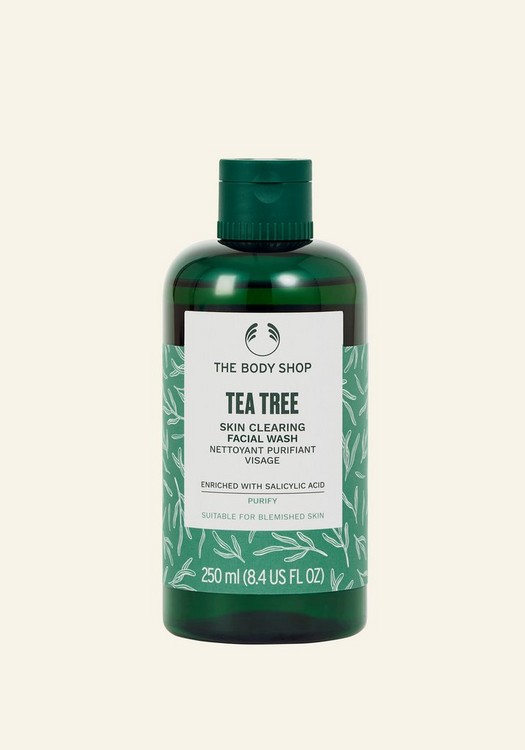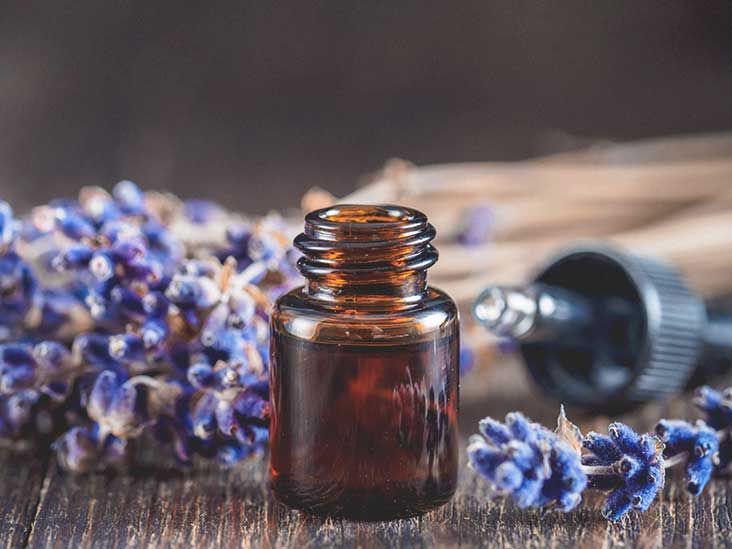Tea tree oil comes from the leaves of the tea tree (Melaleuca alternifolia). It grows in the swampy southeast Australian coast.
The tea tree was named by eighteenth century sailors, who made tea that smelled like nutmeg from the leaves of the tree. The chemicals in tea tree oil might kill bacteria, fungus, and mites, and reduce allergic skin reactions by decreasing swelling.
People use tea tree oil for acne, toenail fungus, and athlete's foot. It's also used for dandruff, lice, bad breath, and other conditions, but there is no good scientific evidence to support its other uses.
Do not confuse the tea tree with the unrelated common tea plant that is used to make black and green teas.
Uses & Effectiveness
Possibly Effective for
- Acne. Applying a tea tree oil 5% gel appears to work as well as benzoyl peroxide 5% for treating acne. Tea tree oil might work more slowly than benzoyl peroxide, but seems to be less irritating to the face. When applied twice daily for 45 days, tea tree oil can reduce acne severity.
- Toenail fungus (onychomycosis). Applying 100% tea tree oil solution to the skin twice daily for 6 months can cure fungal toenail infections in 1 out of 5 people who try it. It can also improve nail appearance and symptoms in 2 out of 3 people after 3-6 months. It seems to work about as well as clotrimazole 1% solution twice daily. But lower concentrations of tea tree oil do not seem to work.
- Athlete's foot (Tinea pedis). Applying a tea tree oil 10% cream works about as well as tolnaftate 1% cream for improving symptoms of athlete's foot. But the tea tree oil cream doesn't seem to cure the infection. Applying a stronger tea tree oil solution (25% or 50%) can help to clear up the infection in about half of people who try it for 4 weeks. But this higher concentration doesn't work as well as standard treatments, such as clotrimazole or terbinafine.
There is interest in using tea tree oil for a number of other purposes, but there isn't enough reliable information to say whether it might be helpful.
Side Effects
When taken by mouth: Tea tree oil is likely unsafe; don't take tea tree oil by mouth. Taking tree tea oil by mouth has caused serious side effects, including confusion, inability to walk, unsteadiness, rash, and coma.
When applied to the skin: Tea tree oil is possibly safe for most people. It may cause skin irritation and swelling. In people with acne, it can sometimes cause skin dryness, itching, stinging, burning, and redness.
Special Precautions and Warnings
When taken by mouth: Tea tree oil is likely unsafe; don't take tea tree oil by mouth. Taking tree tea oil by mouth has caused serious side effects, including confusion, inability to walk, unsteadiness, rash, and coma.
When applied to the skin: Tea tree oil is possibly safe for most people. It may cause skin irritation and swelling. In people with acne, it can sometimes cause skin dryness, itching, stinging, burning, and redness.
Pregnancy and breast-feeding: Tea tree oil is possibly safe when applied to the skin. However, it is likely unsafe if taken by mouth. Ingestion of tea tree oil can be toxic.
Children: Tea tree oil is likely unsafe when taken by mouth. It has caused serious side effects, including confusion, inability to walk, unsteadiness, rash, and coma. Applying tea tree oil to the skin is possibly safe. It may cause skin irritation and swelling. In people with acne, it can sometimes cause skin dryness, itching, stinging, burning, and redness.
Cross-reactions: Applying tea tree oil might cause skin itching and burning in people with allergies to other plants.
Interactions
We currently have no information for TEA TREE OIL overview.
Dosing
Tea tree oil has most commonly been used by adults in gels, shampoos, body washes, mouth rinses, sprays, and creams in concentrations ranging from 5% to 50%. Speak with a healthcare provider to find out what type of product and dose might be best for a specific condition.
You Might Also Like
View More
CONDITIONS OF USE AND IMPORTANT INFORMATION: This information is meant to supplement, not replace advice from your doctor or healthcare provider and is not meant to cover all possible uses, precautions, interactions or adverse effects. This information may not fit your specific health circumstances. Never delay or disregard seeking professional medical advice from your doctor or other qualified health care provider because of something you have read on WebMD. You should always speak with your doctor or health care professional before you start, stop, or change any prescribed part of your health care plan or treatment and to determine what course of therapy is right for you.
This copyrighted material is licensed from Therapeutic Research Center, LLC. Information from this source is evidence-based and objective, and without commercial influence. For professional medical information on natural medicines, see Natural Medicines Comprehensive Database Professional Version.
Licensed from Therapeutic Research Center, LLC
Copyright © 1995-2024 by Therapeutic Research Center, LLC. All Rights Reserved.











